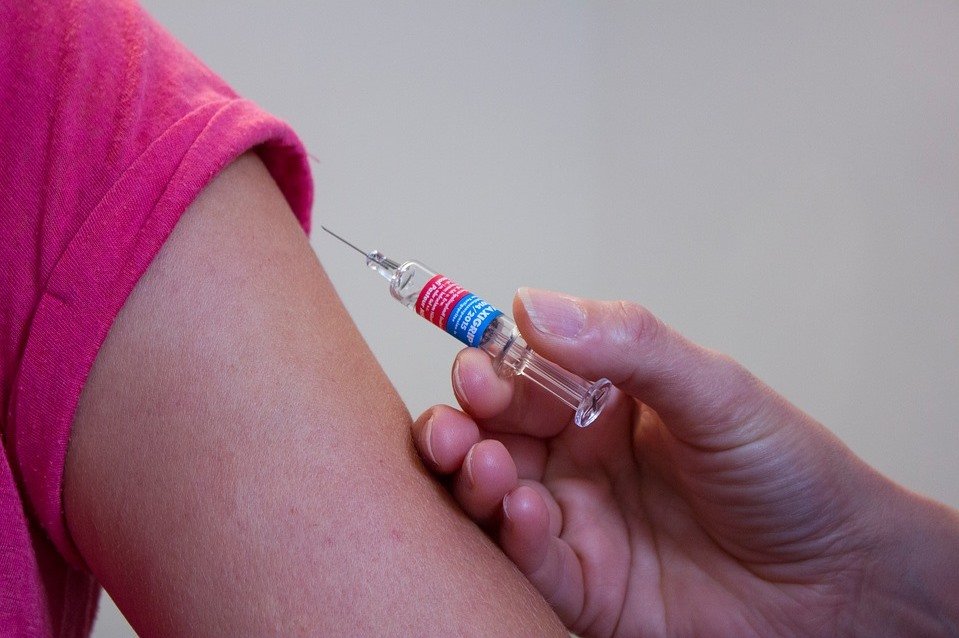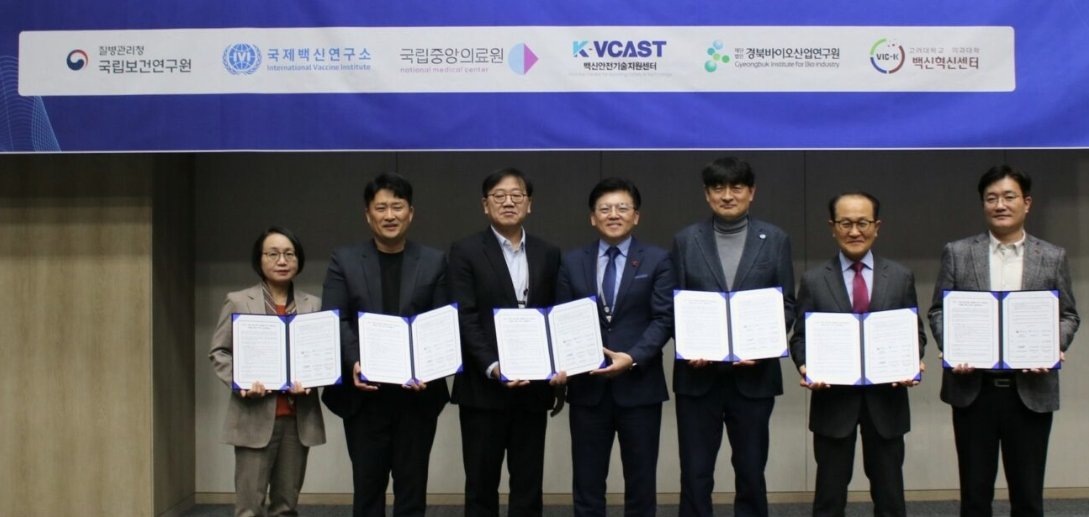
Source: Pixabay
Innovator in influenza vaccines and pandemic preparedness Seqirus recently announced the next major advancement in the use of cell-based technology at its manufacturing facility in Holly Springs, North Carolina.
Seqirus has successfully produced cell-based influenza vaccine at commercial scale using a candidate vaccine virus (CVV) that has been isolated and grown in cells, rather than in eggs.
CVVs are prepared by World Health Organisation (WHO) Global Influenza Surveillance and Response System (GISRS) and associated laboratories are used by manufacturers to develop and produce influenza vaccines.
Egg-derived CVVs has the potential to drive improved process control and increased output in the production of cell-based influenza vaccines. In addition, influenza viruses isolated and grown exclusively in cells can be more similar to influenza viruses in circulation.
In 2016, the WHO began to also recommend cell-derived CVVs and the US Food and Drug Administration (FDA) issued an approval for Seqirus to use them in the production of cell-based influenza vaccines at Holly Springs.
This year, Seqirus was successful in using a cell-derived H3N2 CVV in the production of its cell-based seasonal influenza vaccine, making the end-to-end production of this particular strain exclusively cell-based. The company plans to utilize cell-derived CVV technology for the production of other vaccine strains produced at the Holly Springs site in the future.
Gordon Naylor, President of Seqirus said, “Cell-based influenza vaccines represent one the most significant advancements in the history of influenza vaccine production. Seqirus is proud to continue to innovate this promising technology as part of our leading role in influenza prevention and pandemic preparedness”
“The successful application of this new technology reflects the deep expertise that exists within Seqirus, developed over our 100-year heritage in influenza. It will improve our overall production process and enhance our ability to deliver on our commitment to public health. This major advancement would not have been possible without significant global collaboration and is a fine example of how industry and public health agencies can work together to better combat influenza”, he added
The Holly Springs facility was purpose-built in partnership the U.S. Biomedical Advanced Research and Development Authority (BARDA) to help combat pandemic threats.




